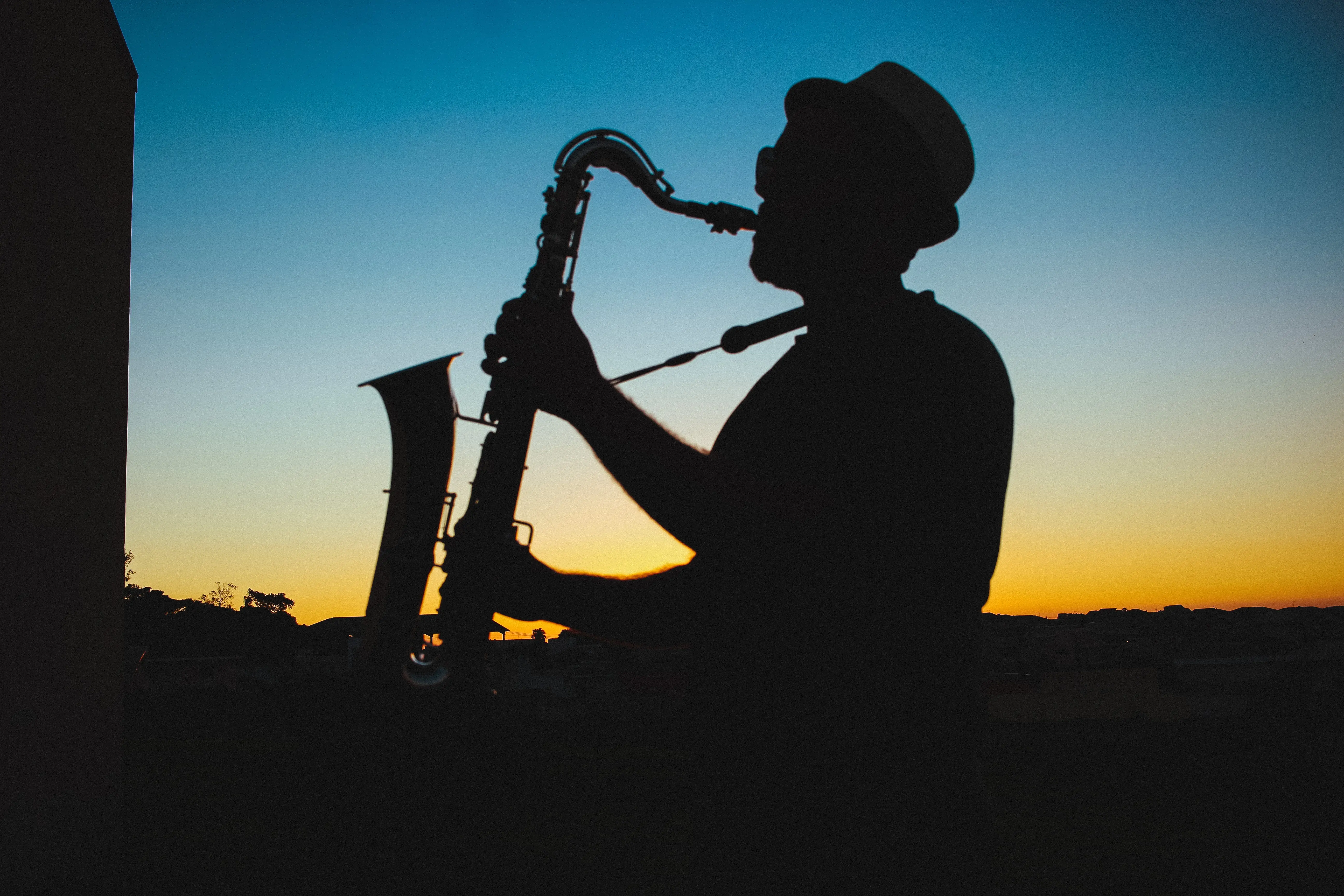Ken Burns’ documentary episode 1, “Gumbo,” is an excellent blend of the occasions that prompted jazz music production. Burns utilize the expression “gumbo” to portray jazz music since there are essential components in gumbo that are important to make gumbo, much like how there are crucial components in jazz utilized in jazz music creation. Jazz permits people to assemble and generate artistry. Jazz, used as a type of correspondence, enables musicians to address each other musically. Jazz is identified as “America’s music” because its roots are in the United States, precisely in New Orleans, Louisiana. The premise of jazz music emanates from African and European music.
In 1861, Louisiana withdrew from the Union. The time frame after the Civil War was referred to as the “Reconstruction period.” Abraham Lincoln began anticipating the recreation of the South during the Civil War as Union fighters occupied vast southern areas. He needed to reunite the Nation probably as fast as it could be achieved. The Compromise of 1877, otherwise called the Great betrayal or the Corrupt Bargain, ushered in the end of the Reconstruction era in the South and a re-establishment of home Rules. The Compromise of 1877 was attained to resolve the contested presidential election of 1876 in the U.S.
In 1890, the Louisiana administration began implementing the “black codes” rules that laid the foundation for racial separation. The railroads and cars in Louisiana were officially and wholly segregated. Homer Plessy, a shoemaker and an active participant of the New Orleans civil rights movement, purchased a first-class train ticket and attempted sitting amongst whites. He was arrested and convicted in a case termed Plessy vs. Ferguson. The U.S. Supreme Court in 1896 sustained Louisiana law’s decision in Plessy vs. Fergusson case, stating that separate but equal was constitutional.
The Plessy vs. Ferguson ruling caused the change in American life for an extended period. After the decision, Louisiana officially approved one of the first rules denying blacks the right to vote. Basically, all things that qualified for segregation were separated in Louisiana, including games. The creoles were not excluded; their reality flipped around. Suddenly the creoles became blacks by law and were categorized as second-class citizens. The creole music and musicians changed; this structural alteration completely changed the industry. Creole musicians merged their classical music with the blues of black bands. They together transformed all the kinds of music played in New Orleans.
During the era of Mahalia and Martin Luther, there was the rising of the civil rights movements. Mahalia used her recordings and songs to encourage the movement. In his letter “ I have a dream,” Martin, provoked by Mahalia, caused some social and legal changes. The speech played a crucial role in the passing of the 1962 civil rights act. It was also significant in the Montgomery march of 1965 that resulted in the approval of the voting rights act. The music and musician life afterward in America changed as many still build rhythms from that era.
Work cited
Ken Burns, “Gumbo: Beginnings to 1917 – Jazz Music documentary Episodes 1” https://www.youtube.com/watch?v=NJcLl0ey1wo








